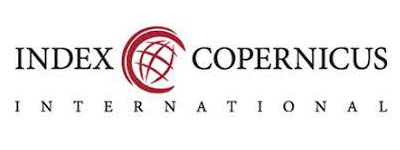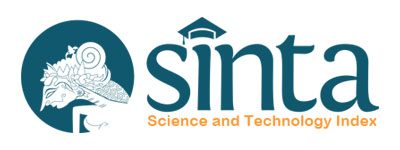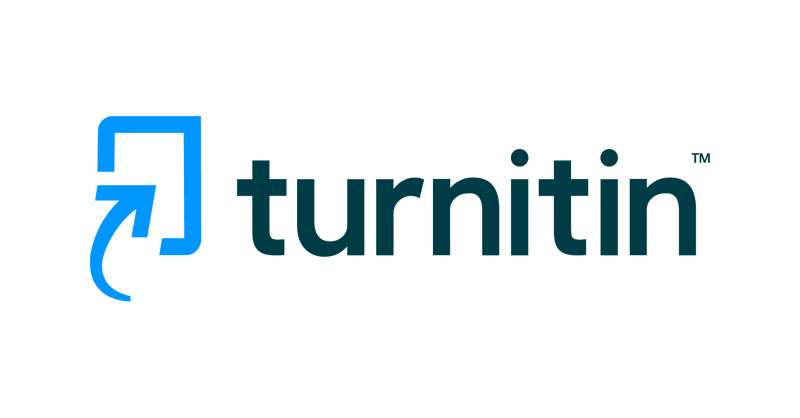Regional Government Authority Model in Ecotourism Development in Baning Nature Park, Sintang District
Keywords:
authority, local government, development, ecotourism, natural tourism parksAbstract
Management of Conservation Areas such as Taman Wista Alam, based on the Law on the Conservation of Living Natural Resources and Ecosystems and related regulations, often hinders the purpose of using TWA's main function to be developed as a natural tourism destination by local governments. The purpose of this research is to describe comprehensively and in detail the formulation of an alternative model of the authority of the Regional Government of Sintang District in the development of regional ecotourism in Baning Nature Tourism Park. This study uses an empirical legal study approach that relies on the data from interviews, observations, and documentation presented in a descriptive-analytical manner. The data analysis of this study used the Interactive Data Analysis model from Miles, Huberman, and Saldana. The results showed that the empirical model of the authority of the Sintang District government through the Tourism Office was limited to the management authority of areas outside the area, while within the area it was the authority of the Provincial BKSDA as the owner and manager of the area. To overcome the weaknesses of the empirical model, the advantages of the recommended model are needed, namely: (1) it can optimize synergy and collaboration in the management of ecotourism utilization blocks between the Sintang District Government and the West Kalimantan BKSDA; (2) the existence of a legal basis for management collaboration between the Sintang Regional Government and the West Kalimantan BKSDA to accelerate the development of supporting ecotourism infrastructure in the utilization block; and (3) empowering communities around the area.Downloads
Published
2020-11-24
Issue
Section
Articles
License
Authors who publish with this journal agree to the following terms:- Authors retain copyright and grant the journal right of first publication with the work simultaneously licensed under a Creative Commons Attribution License that allows others to share the work with an acknowledgement of the work's authorship and initial publication in this journal.
- Authors are able to enter into separate, additional contractual arrangements for the non-exclusive distribution of the journal's published version of the work (e.g., post it to an institutional repository or publish it in a book), with an acknowledgement of its initial publication in this journal.
- Authors are permitted and encouraged to post their work online (e.g., in institutional repositories or on their website) prior to and during the submission process, as it can lead to productive exchanges, as well as earlier and greater citation of published work (See The Effect of Open Access).

















